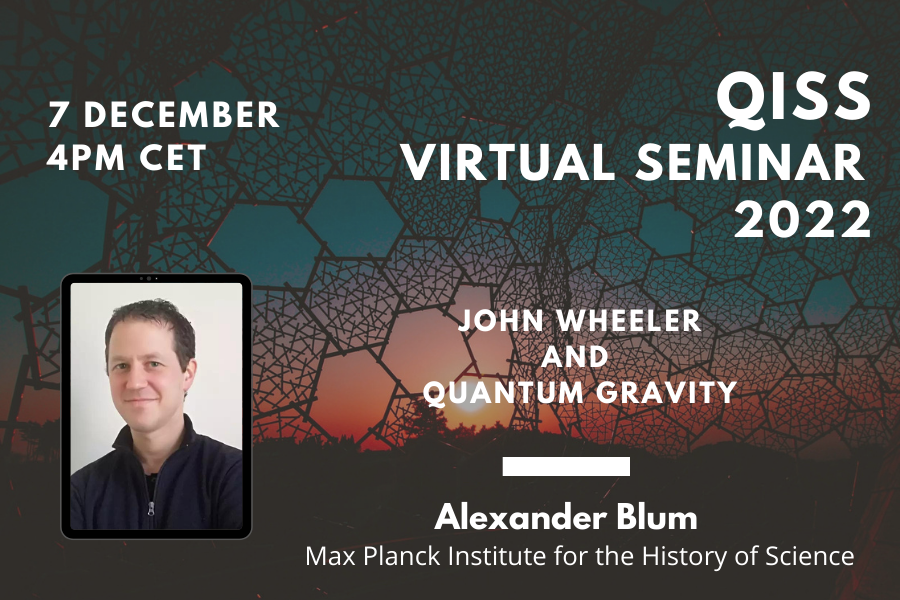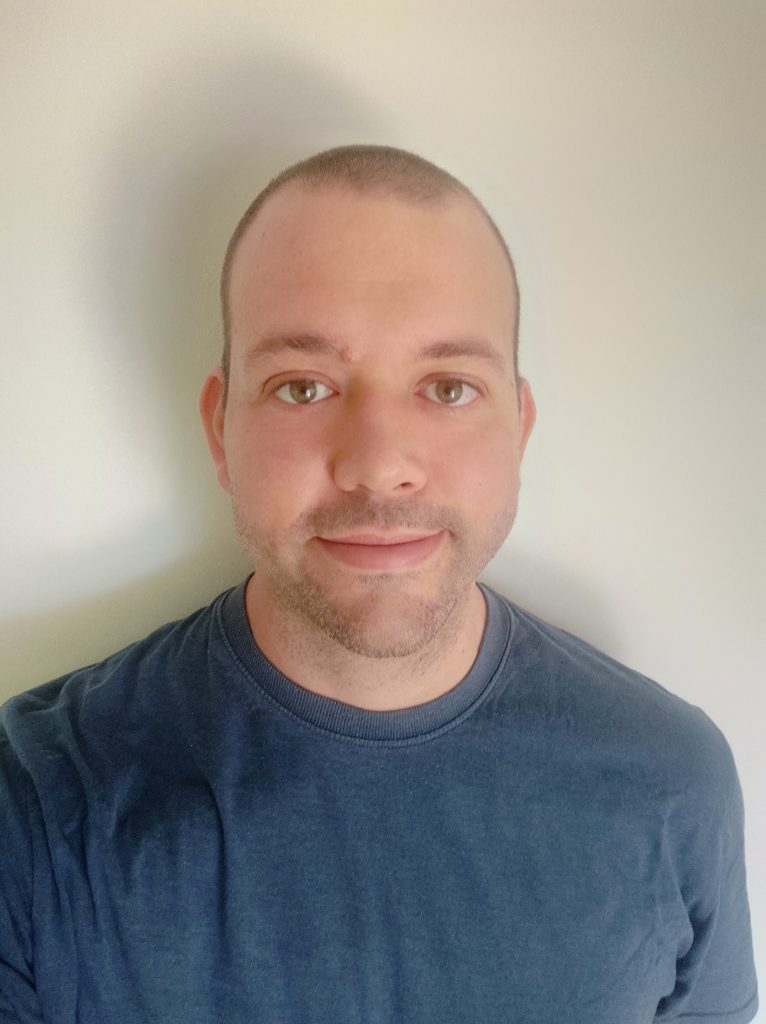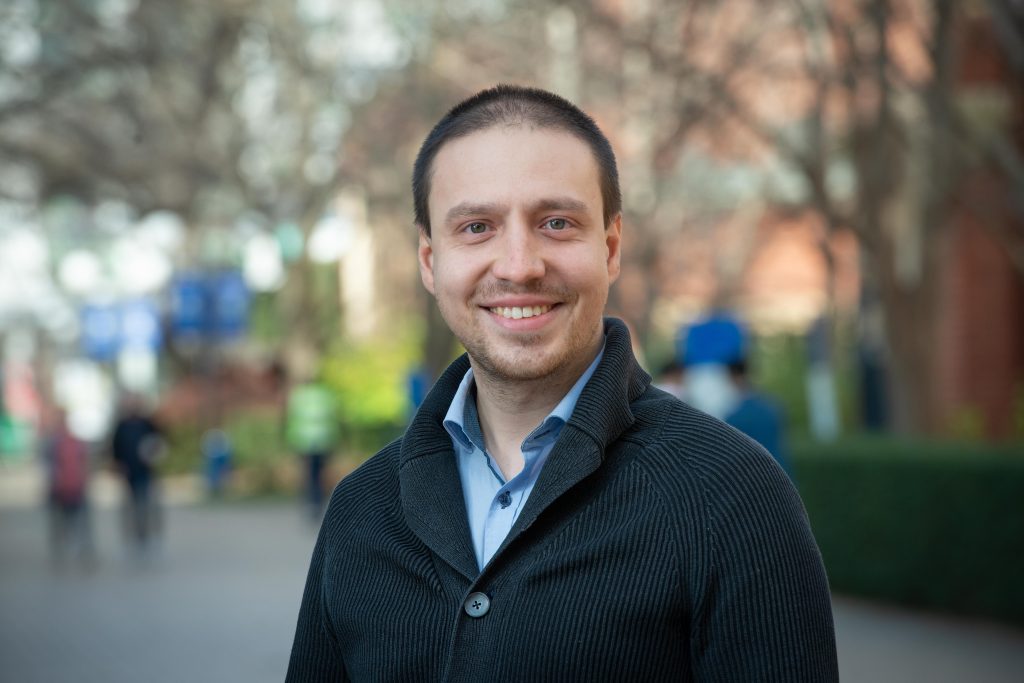Witnessing the non-objectivity of an unknown quantum dynamics
Quantum Darwinism offers an explanation for the emergence of classical objective features — those we are used to at macroscopic scales — from quantum properties at the microscopic level. The interaction of a quantum system with its surroundings redundantly proliferates information to many parts of the environment, turning it accessible and objective to different observers. But given that one cannot probe the quantum system directly, only its environment, how to witness whether an unknown quantum property can be deemed objective or not? Here we propose a probabilistic framework to analyze this question and show that objectivity implies a Bell-like inequality. Among several other results, we show quantum violations of this inequality, a device-independent proof of the non-objectivity of quantum correlations that give rise to the phenomenon we name “collective hallucination”: observers probing distinct parts of the environment can agree upon their measurement outcome of a given observable but such outcome can be totally uncorrelated from the property of the quantum system that fixed observable should be probing. We also implement an appealing photonic experiment where the temporal degree of freedom of photons is the quantum system of interest, while their polarization acts as the environment. Employing a fully black-box approach, we achieve the violation of a Bell inequality, thus certifying the non-objectivity of the underlying quantum dynamics in a fully device-independent framework.


